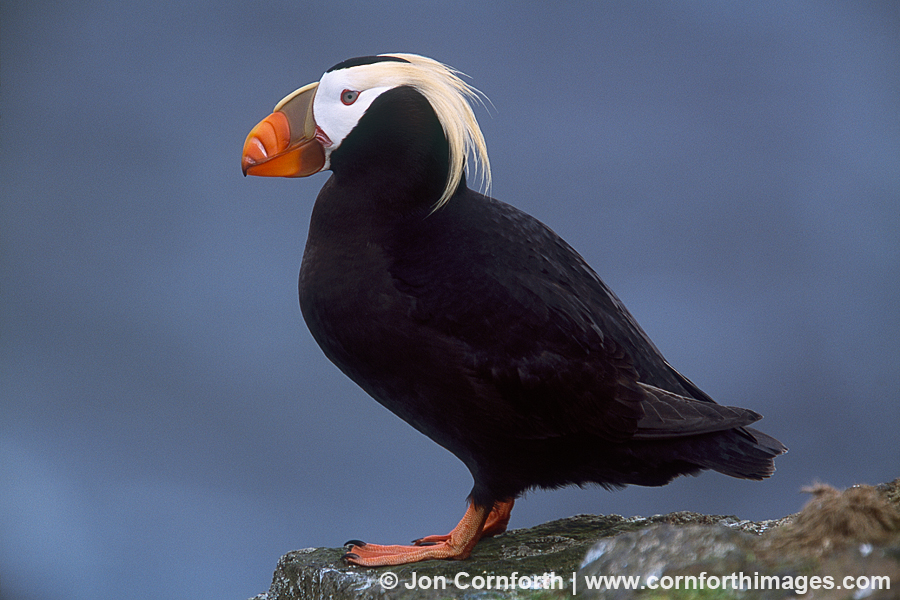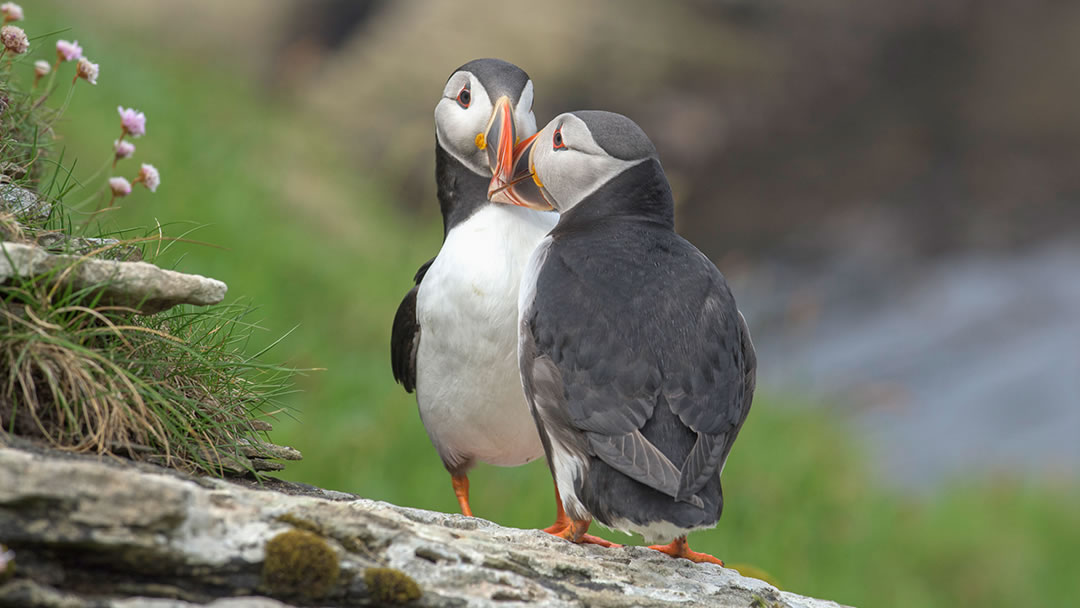
Each circle represents a sample and colors indicate the different colonies.
PUFFIN SIZE PC
c Principal component analysis (PCA) using genotype likelihoods at 1,093,765 polymorphic nuclear sites calculated in ANGSD to project the 71 individuals onto PC axes 1 and 2. Black dots represent inferred haplotypes that were not found in the present sampling. Sizes of circles are proportional to haplotype abundance.

It contains 66 unique haplotypes identified by 192 mitogenome-wide SNPs. b Mitochondrial haplotype network based on a maximum likelihood tree generated with IQTree and visualized using Fitchi. Color shading indicates the breeding range of the species as a whole, as well as the recognized subspecies. Similarly, Icelandic and Faroese puffins have experienced low productivity and negative population growth since 2003 32.Ī Map presenting the location of the 12 sampling sites. Notably, the once world’s largest puffin colony (Røst, Norway) has experienced complete fledging failure during nine of the last 13 seasons and has lost nearly 80% of its breeding pairs during the last 40 years 29, 30, 31. Puffins have been designated as “vulnerable” to extinction globally and listed as “endangered” in Europe 29. Its breeding range stretches from the Arctic coast and islands of European Russia, Norway, Greenland, and Canada, southward to France and the USA 28 (Fig. Puffins were historically widely harvested for their meat and down 6, 26, 27 and exploitation remains an important cultural tradition in Iceland and the Faroe Islands 6, 24. The Atlantic puffin ( Fratercula arctica, Linnaeus, 1789, hereafter “puffin”) is an iconic seabird species, prevalent in popular culture 23, important for tourism 24, 25, and inherently valuable for the marine ecosystem 1. These studies highlight the great potential of genomic data to disentangle barriers to gene flow that would otherwise remain undetected, but remain nonetheless limited due to incomplete sampling of the genome 22. Indeed, a few recent publications using reduced genomic representation approaches (e.g., RAD-seq) have reported fine-scale structure over various spatial scales 17, 18, 19, 20, 21. Detailed genomic data including thousands of loci provide new possibilities to assess levels of connectivity and gene flow between distinct breeding populations and, thus, help identify relevant conservation units for seabirds 15, 16. Defining such units is, however, difficult for many seabirds because of their complex ecology 15. Within such management, the identification of distinct population units, i.e., demographically independent populations with restricted gene flow among them 11, 12, is a fundamental first step towards optimized conservation 11, 13, 14. These declines pose a serious threat to marine ecosystems, human society, and culture 7, 9, 10, highlighting the importance of seabird conservation management. Nevertheless, global seabird numbers have deteriorated by an alarming 70% since the mid-20th century 7, 8.
PUFFIN SIZE DRIVERS
Seabirds are important ecosystem indicators and drivers 1, 2, 3, and have long had an integral place in human culture and economy 4, 5, 6. Our results highlight the power of whole genome data to reveal unexpected population structure in vagile marine seabirds and its value for seabird taxonomy, evolution and conservation.

These observations disagree with the current taxonomy, and show that a complex set of contemporary biotic factors impede gene flow over different spatial scales. We identify four large, genetically distinct clusters, observe isolation-by-distance between colonies within these clusters, and obtain evidence for a secondary contact zone. Here, we elucidate the population structure of the Atlantic puffin ( Fratercula arctica) by assembling its reference genome and analyzing genome-wide resequencing data of 72 individuals from 12 colonies. Yet, such understanding is vital for conservation management of seabirds that are globally declining at alarming rates. The factors underlying gene flow and genomic population structure in vagile seabirds are notoriously difficult to understand due to their complex ecology with diverse dispersal barriers and extensive periods at sea.

Complex population structure of the Atlantic puffin revealed by whole genome analyses


 0 kommentar(er)
0 kommentar(er)
